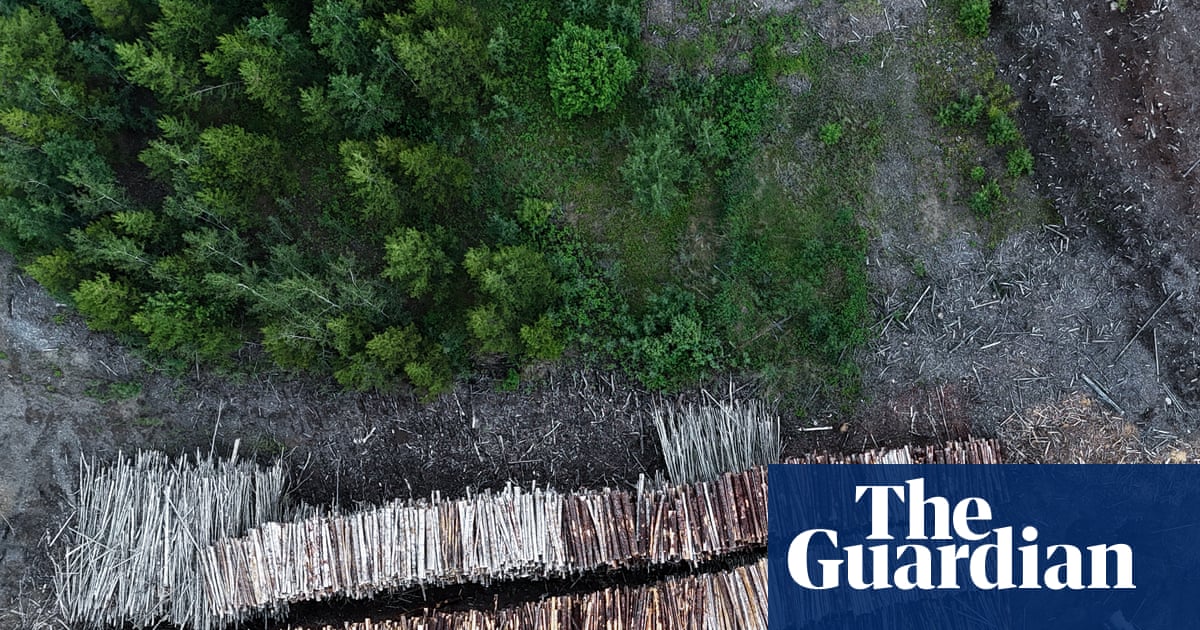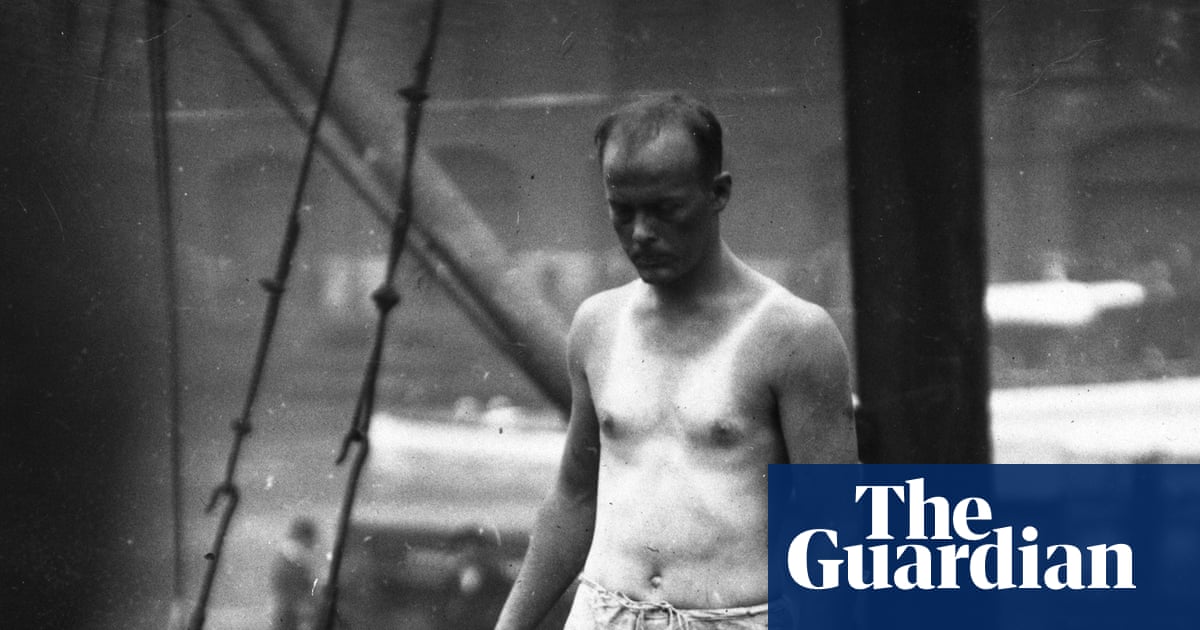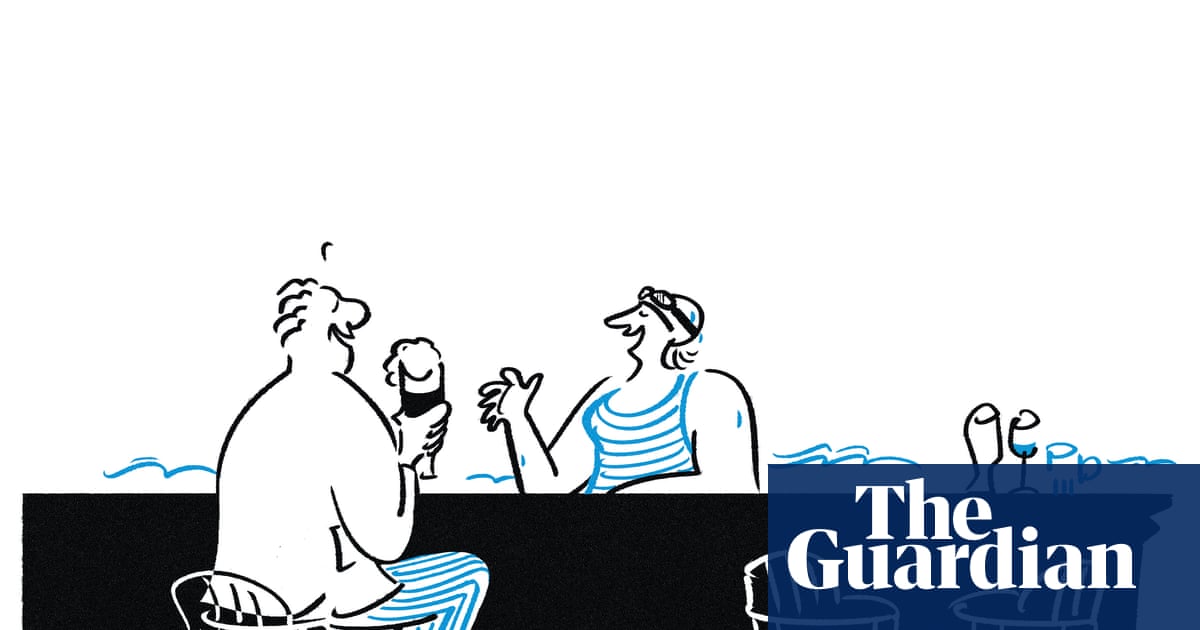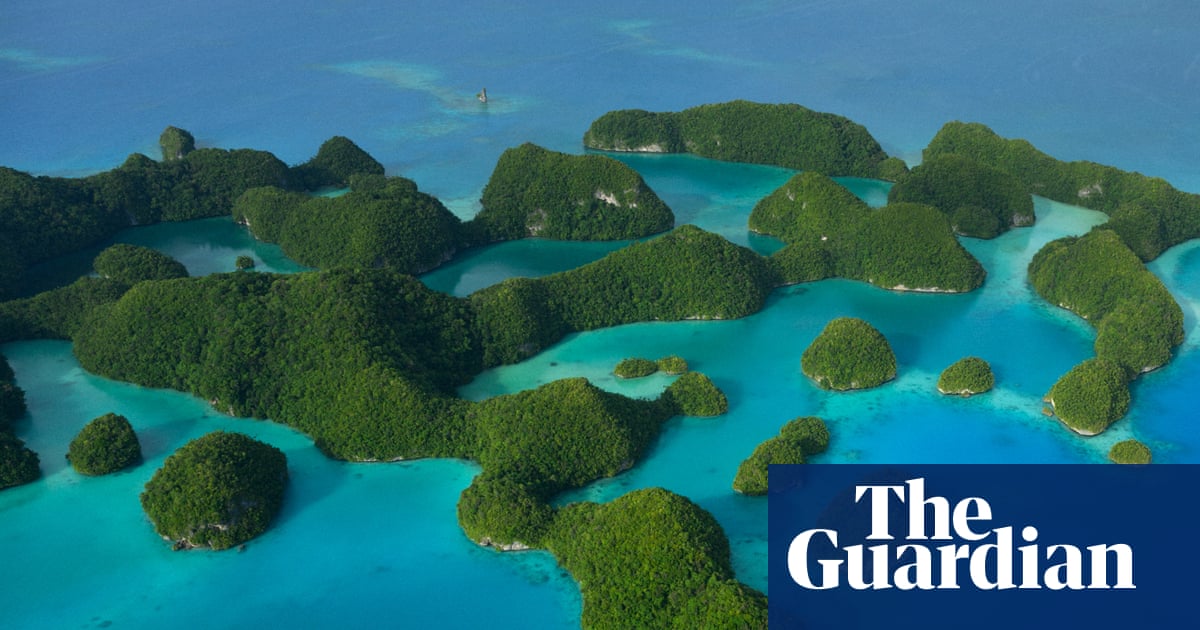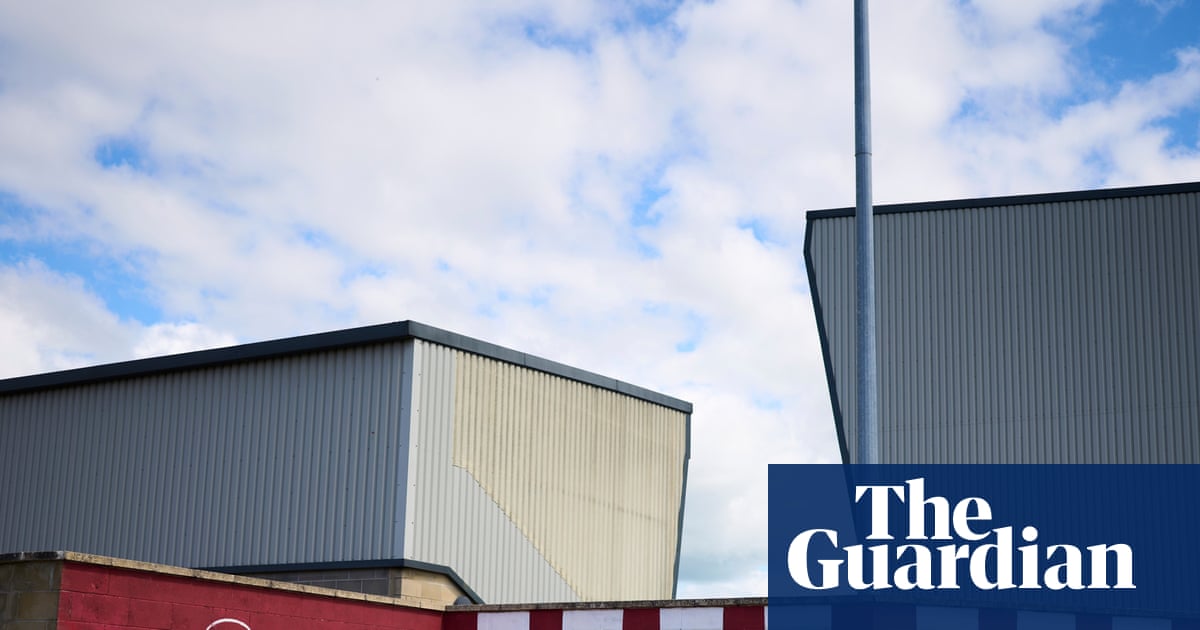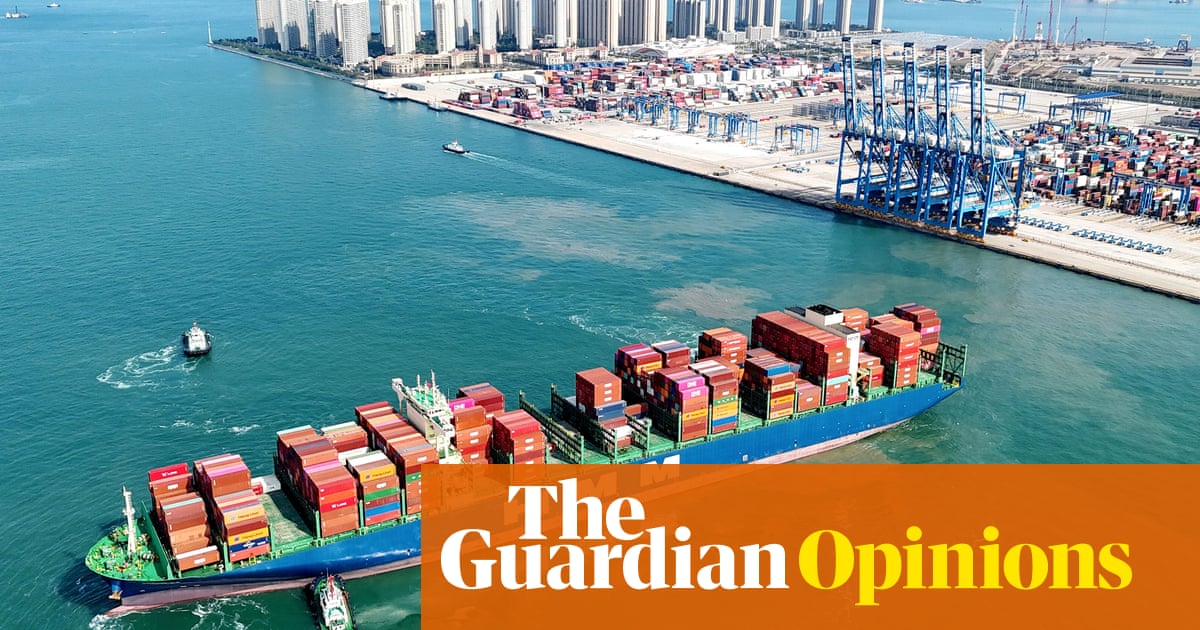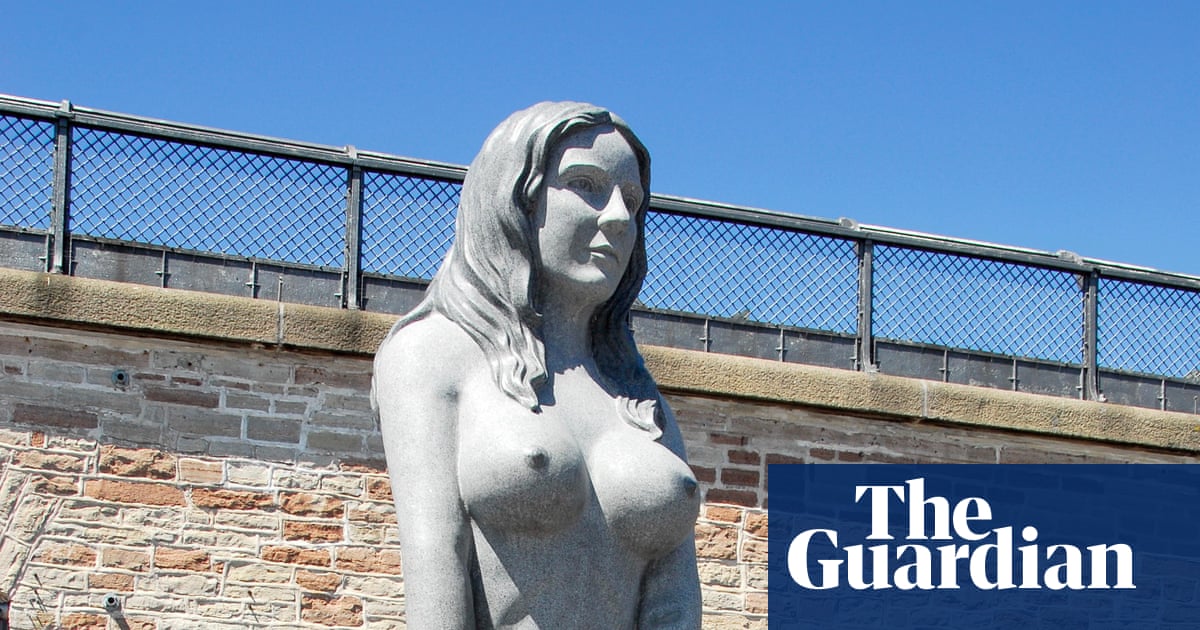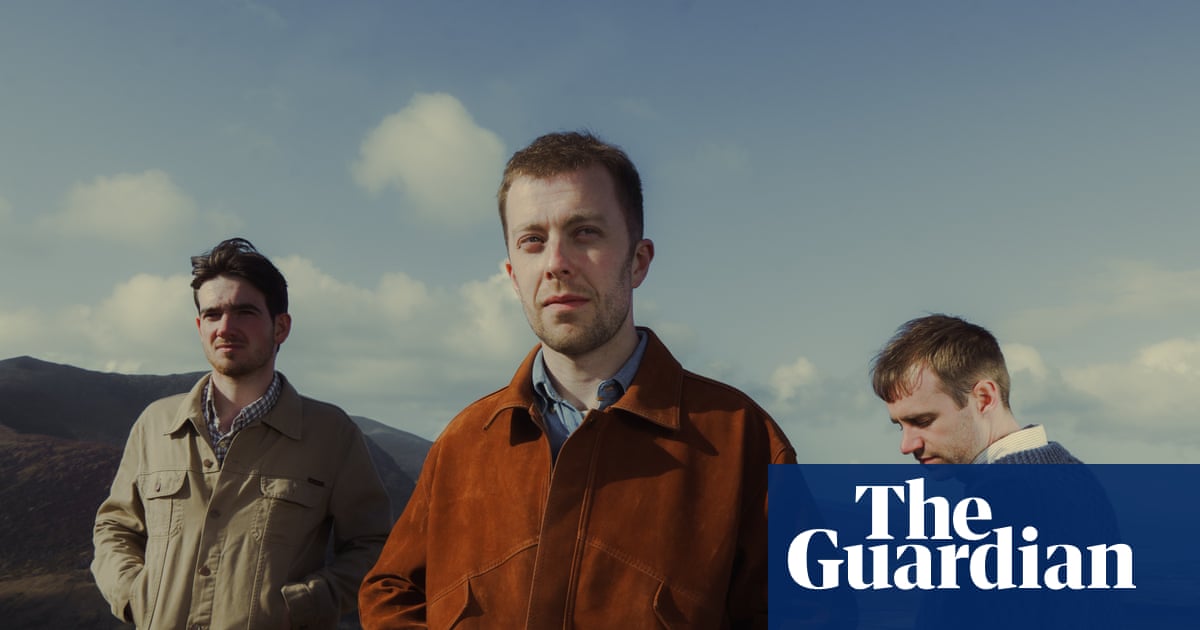Three glass specimen jars full of satsuma-sized echinoderms, or sea urchins, sit on Dr Hugh Carter’s desk in the Natural History Museum. Each one, collected from the depths of the Southern Ocean by polar teams led by Sir Ernest Shackleton, Capt Robert Falcon Scott and the Norwegian Carsten Borchgrevink, tells a tale of heroic exploration and scientific endeavour.
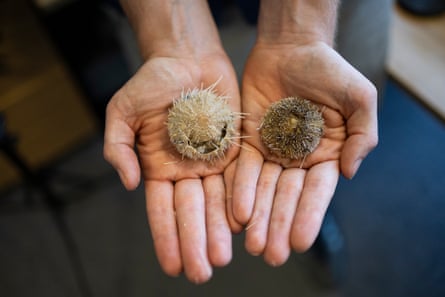
Now, more than a century later, Carter, the Natural History Museum’s (NHM) curator of marine invertebrates, hopes the preserved Antarctic urchins, 50 in all, will help tell a different, increasingly urgent story of modern times: how changes in the world’s southernmost waters may be affecting marine life.
In January, the biologist undertook a six-week long research trip to visit the exact sites sampled by Borchgrevink’s Southern Cross, Shackleton’s Discovery and Scott’s ill-fated Terra Nova expedition between 1898 and 1913.
His voyage, part of a multidisciplinary expedition run by the National Institute of Water and Atmosphere (Niwa), supported by the Antarctic Science Platform in New Zealand, partly retraced the route made by Scott. Scott and four other explorers, including the chief scientist, Edward Wilson, perished in the ice around a month after the samples sitting on Carter’s desk were collected.
In the Antarctic, which is warming at twice the global average, a lack of baseline scientific data makes it difficult to assess the physical and biological changes that have occurred over time.

Carter’s theory is that comparing the “tests” or shell of the urchins in the NHM’s collection with modern samples will help reveal more about the impact of ocean acidification, often called the “evil twin” of the climate crisis. Acidification is caused when carbon dioxide is rapidly absorbed into the ocean, where it then reacts with water molecules leading to a fall in the pH of the seawater.
Preliminary findings on Carter’s ship, the deep water research vessel the RV Tangaroa, appeared to confirm his worst fears.
“We know that the ocean has been getting more acidic but in most cases we don’t know what the impacts are,” he says. “We had a suspicion that [due to ocean acidification] you would get less calcium carbonate in the water. This would make it harder to build a body if that body is made from calcium carbonate.”
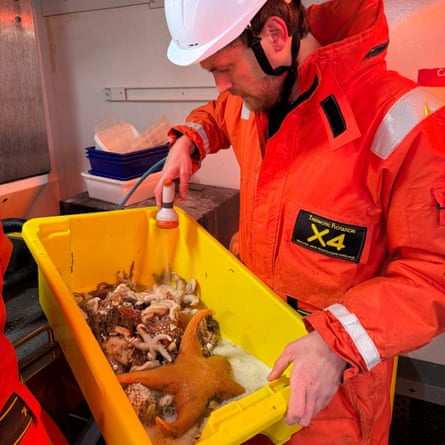
Corals, sea snails, oysters and small single-celled organisms called foraminifera, a component of plankton, all rely on calcium carbonate to build shells. Calcium carbonate dissolves in acid very easily, so the more acid, the harder it is for animals such as these to survive.
In June, new research showed that 60% of global waters had breached the safe limit for acidification, in what scientists described as a “ticking timebomb” for planetary health.
While the tests of the historical urchins on Carter’s desk were “robust and healthy”, those brought to the surface in January were thinner and more fragile in comparison, so much so that they were crushed by the force of the hose used to clean them.
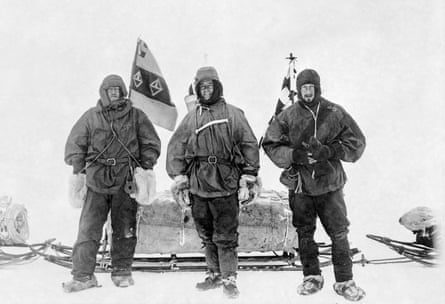
“All the ones we collected were fragile and some of them collapsed,” says Carter. “From initial appearances, the modern specimens we collected have weaker tests than the historical ones, but we need to do more work to establish to what degree and exactly what is causing this.
“There are confounding variables of course, but the fact the new ones are thinner is concerning.”
The biological implications of an acidifying ocean could be enormous, adds Carter. “It could make the seas unliveable for things with a calcium skeleton.”
During the expedition, the impact of the climate crisis was tangible; some of the study sites were only accessible because of melting ice. And it coincided with stark findings that the level of global sea ice fell to its lowest recorded level, a symptom of our warming planet.
But there were positive finds on the expedition, too. Carter saw as many as 150 whales on his trip, as well as what he described as “crazy levels” of wildlife on the western edge of Coulman island, which had 17 species of starfish in just 100 metres, the same number found in all of the UK’s shallow waters.
“It is a thrill to know that the environment is not as bad in some parts of the world as it could be,” he says. “It’s the only bit of the world you don’t see any plastic or human impacts from fishing.”

Prof Craig Stevens, an Niwa oceanographer who co-led the Tangaroa expedition, described their work as “sweet and sour”.
“This lack of ice is having knock-on effects for not only the regional ocean but the whole planet. This work is very sweet and sour. It is amazing to get the opportunity to advance the science, but at the same time, we are catching glimpses of a future for the planet that we really want to avoid. It brings home in a very tangible way the need to limit emissions of climate-affecting gases.”

 3 months ago
137
3 months ago
137







